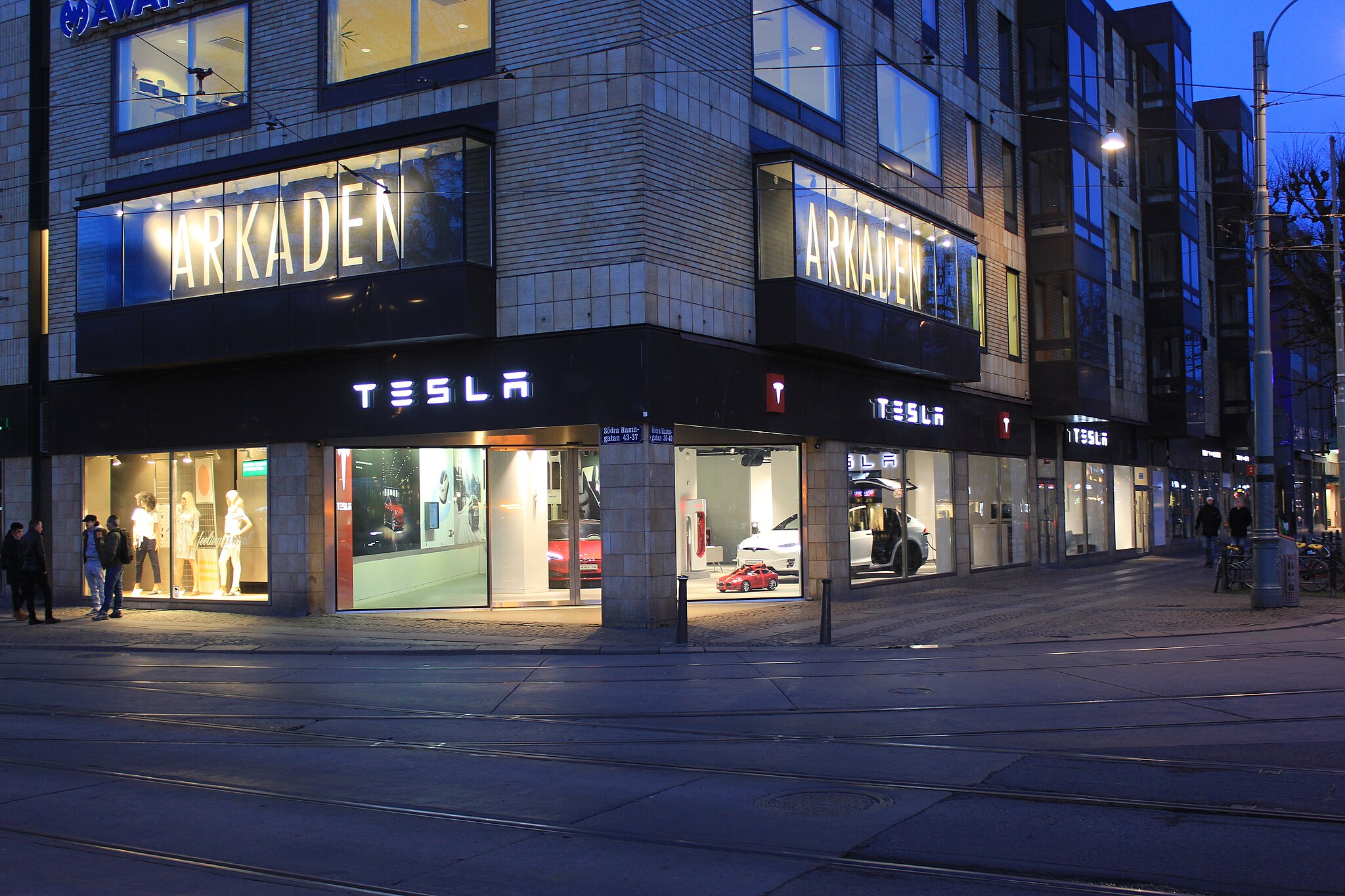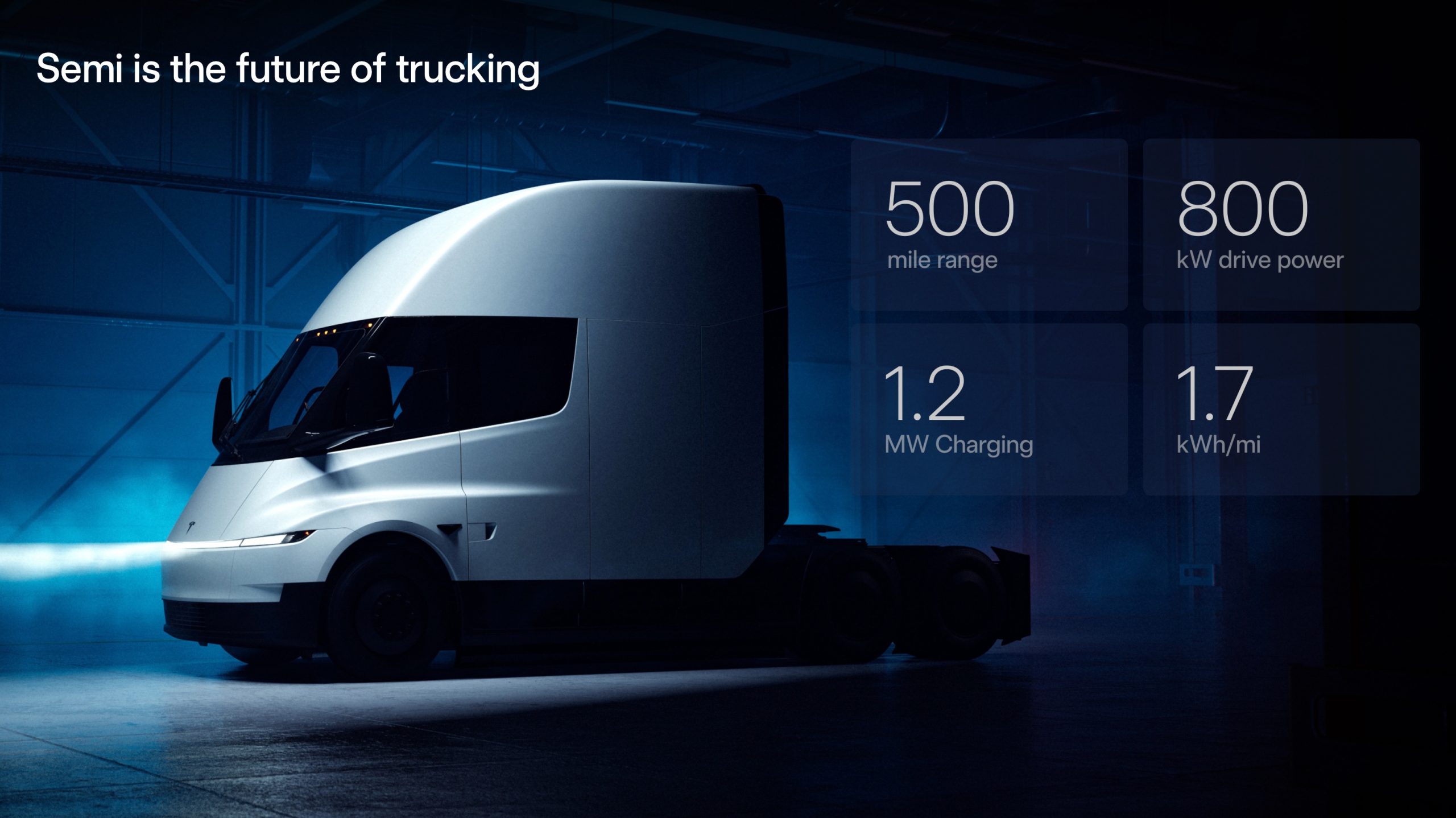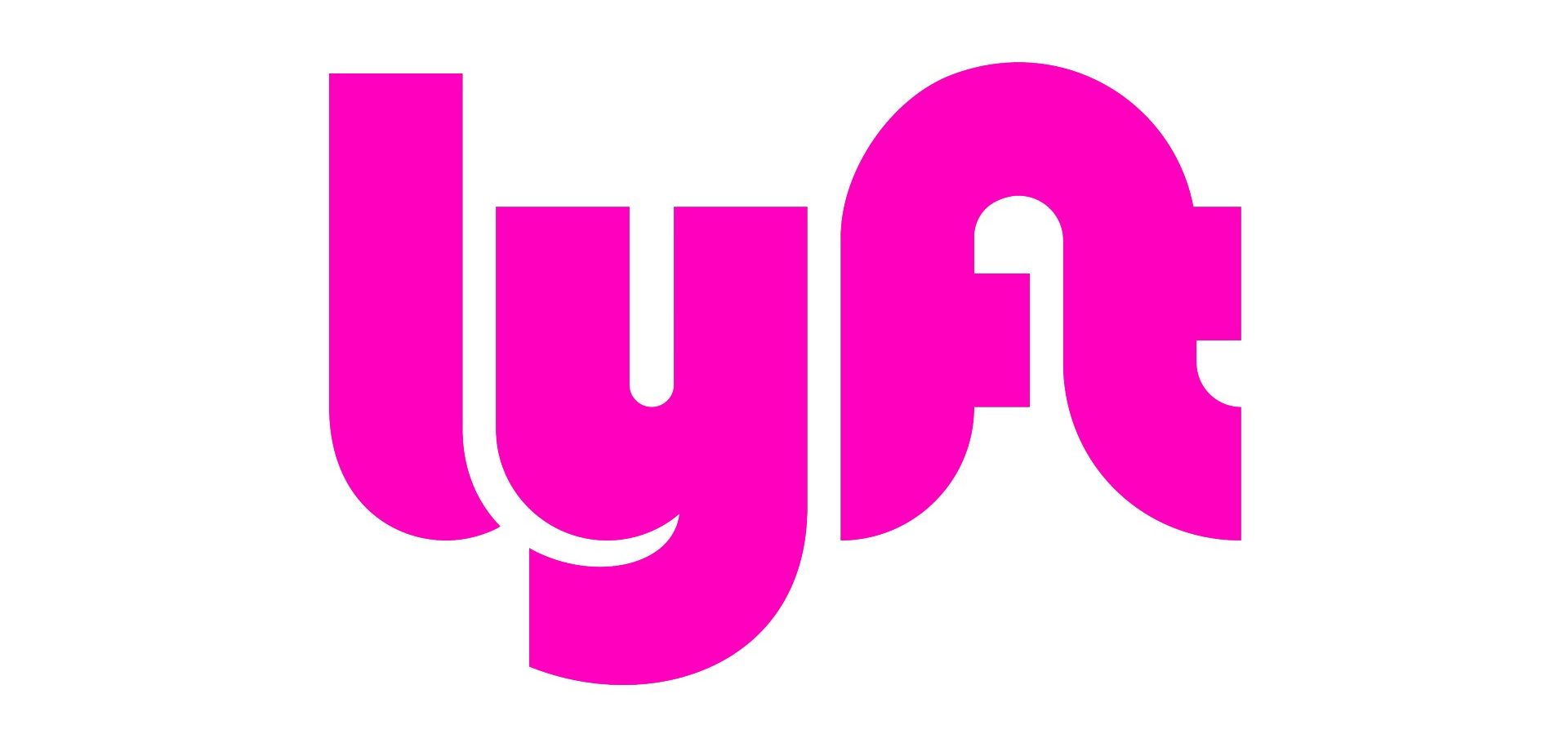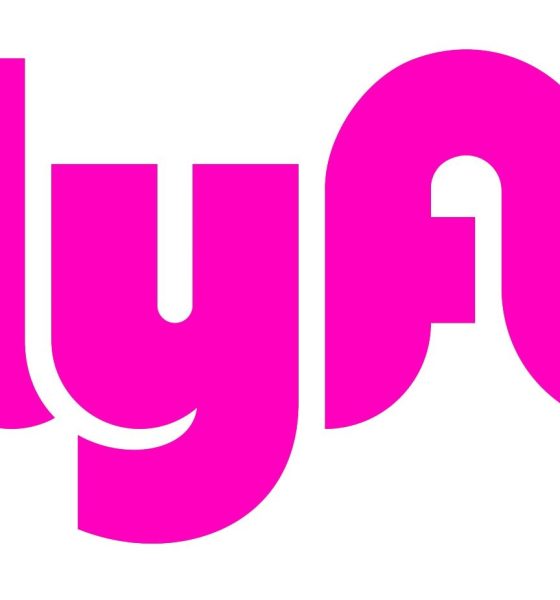Toyota Motor Corporation will acquire Lyft’s self-driving unit, an announcement confirmed yesterday. The cost of the deal is $550 million, and Toyota’s new Woven Planet division that will handle the Japanese company’s automation ambitions.
Lyft will receive $200 million in cash from Toyota upfront, and the remaining $350 million of the deal will be paid over the next five years. “The transaction is also expected to remove $100 million of annualized non-GAAP operating expenses on a net basis – primarily from reduced R&D spend – which will accelerate Lyft’s path to Adjusted EBITDA profitability,” Lyft said in a press release.
Toyota will not only acquire the self-driving unit, but the deal will also provide the automaker with Lyft’s 300 employees.
“Not only will this transaction allow Lyft to focus on advancing our leading Autonomous platform and transportation network, this partnership will help pull in our profitability timeline,” John Zimmer, Co-Founder and President of Lyft said. “Assuming the transaction closes within the expected timeframe and the COVID recovery continues, we are confident that we can achieve Adjusted EBITDA profitability in the third quarter of this year.”
Woven Planet Chief Executive James Kuffner told reporters on Tuesday, “This is the first step of establishing and bringing together the people. Obviously, building technology and product requires people, and that’s much what this acquisition is about.” Kuffner is likely referencing to the presence in Silicon Valley and London that Woven Planet will now have because of the acquisition. The partnership and could alleviate the issues that come with the acquisition of a new company.
Lyft’s advantages in the acquisition allow it to take a profit away from the development of self-driving technologies. Lyft hasn’t released its self-driving tech, which is aimed toward complete automation, known as Level 5 autonomy, but it can give the rest of the tasks to Toyota while walking away with a hefty profit.
Meanwhile, Toyota gains more experience and expertise in the self-driving sector through the acquisition. Toyota has Level 2 automation with advanced driver assistance tech. Level 2 describes “Partial Driving Automation” through Advanced Driver Assistance Systems. “The vehicle can perform steering and acceleration. The human still monitors all tasks and can take control at any time,” according to Synopsys‘ breakdown of automation levels.
Kuffner says that Woven Planet will continue investing and growing its team but did not give any further details about acquisition plans or a timeline that would describe possible moves in the future. According to Reuters‘ coverage of the acquisition, Toyota will “likely make more deals, even if they do not ultimately lead to self-driving vehicles to ‘actively gather software and people who have knowledge.’” This is according to Seiji Sugiura, a Senior Analyst at Tokai Tokyo Research Institute.
The transaction is expected to close in Q3 2021 and will be subjected to required regulatory approvals and other closing conditions.

News
Tesla Cybercab tests are going on overdrive with production-ready units
Tesla is ramping its real-world tests of the Cybercab, with multiple sightings of the vehicle being reported across social media this week.

Tesla is ramping its real-world tests of the Cybercab, with multiple sightings of the autonomous two-seater being reported across social media this week. Based on videos of the vehicle that have been shared online, it appears that Cybercab tests are underway across multiple states.
Recent Cybercab sightings
Reports of Cybercab tests have ramped this week, with a vehicle that looked like a production-ready prototype being spotted at Apple’s Visitor Center in California. The vehicle in this sighting was interesting as it was equipped with a steering wheel. The vehicle also featured some changes to the design of its brake lights.
The Cybercab was also filmed testing at the Fremont factory’s test track, which also seemed to involve a vehicle that looked production-ready. This also seemed to be the case for a Cybercab that was spotted in Austin, Texas, which happened to be undergoing real-world tests. Overall, these sightings suggest that Cybercab testing is fully underway, and the vehicle is really moving towards production.
Production design all but finalized?
Recently, a near-production-ready Cybercab was showcased at Tesla’s Santana Row showroom in San Jose. The vehicle was equipped with frameless windows, dual windshield wipers, powered butterfly door struts, an extended front splitter, an updated lightbar, new wheel covers, and a license plate bracket. Interior updates include redesigned dash/door panels, refined seats with center cupholders, updated carpet, and what appeared to be improved legroom.
There seems to be a pretty good chance that the Cybercab’s design has been all but finalized, at least considering Elon Musk’s comments at the 2025 Annual Shareholder Meeting. During the event, Musk confirmed that the vehicle will enter production around April 2026, and its production targets will be quite ambitious.
News
Tesla gets a win in Sweden as union withdraws potentially “illegal” blockade
As per recent reports, the Vision union’s planned anti-Tesla action might have been illegal.

Swedish union Vision has withdrawn its sympathy blockade against Tesla’s planned service center and showroom in Kalmar. As per recent reports, the Vision union’s planned anti-Tesla action might have been illegal.
Vision’s decision to pull the blockade
Vision announced the blockade in early December, stating that it was targeting the administrative handling of Tesla’s facility permits in Kalmar municipality. The sympathy measure was expected to start Monday, but was formally withdrawn via documents sent to the Mediation Institute and Kalmar Municipality last week.
As noted in a Daggers Arbete report, plans for the strike were ultimately pulled after employer group SKR highlighted potential illegality under the Public Employment Act. Vision stressed its continued backing for the Swedish labor model, though Deputy negotiation manager Oskar Pettersson explained that the Vision union and IF Metall made the decision to cancel the planned strike together.
“We will not continue to challenge the regulations,” Petterson said. “The objection was of a technical nature. We made the assessment together with IF Metall that we were not in a position to challenge the legal assessment of whether we could take this particular action against Tesla. Therefore, we chose to revoke the notice itself.”
The SKR’s warning
Petterson also stated that SKR’s technical objection to the Vision union’s planned anti-Tesla strike framed the protest as an unauthorized act. “It was a legal assessment of the situation. Both for us and for IF Metall, it is important to be clear that we stand for the Swedish model. But we should not continue to challenge the regulations and risk getting judgments that lead nowhere in the application of the regulations,” he said.
Vision ultimately canceled its planned blockade against Tesla on December 9. With Vision’s withdrawal, few obstacles remain for Tesla’s long-planned Kalmar site. A foreign electrical firm completed work this fall, and Tesla’s Careers page currently lists a full-time service manager position based there, signaling an imminent opening.
News
Tesla Semi program Director teases major improvements

Tesla Semi Program Director Dan Priestly teased the major improvements to the all-electric Class 8 truck on Thursday night, following the company’s decision to overhaul the design earlier this year.
Priestley said he drove the Semi on Thursday, and the improvements appear to be welcomed by one of the minds behind the project. “Our customers are going to love it,” he concluded.
Just drove the redesigned Semi. Our customers are going to love it. https://t.co/KZ88sf1CDL
— Dan Priestley (@danWpriestley) December 19, 2025
The small detail does not seem like much, but it is coming from someone who has been involved in the development of the truck from A to Z. Priestley has been involved in the Semi program since November 2015 and has slowly worked his way through the ranks, and currently stands as the Director of the program.
Tesla Semi undergoes major redesign as dedicated factory preps for deliveries
Tesla made some major changes to the Semi design as it announced at the 2025 Annual Shareholder Meeting that it changed the look and design to welcome improvements in efficiency.
Initially, Tesla adopted the blade-like light bar for the Semi, similar to the one that is present on the Model Y Premium and the Cybertruck.
Additionally, there are some slight aesthetic changes to help with efficiency, including a redesigned bumper with improved aero channels, a smaller wraparound windshield, and a smoother roofline for better aero performance.
All of these changes came as the company’s Semi Factory, which is located on Gigafactory Nevada’s property, was finishing up construction in preparation for initial production phases, as Tesla is planning to ramp up manufacturing next year. CEO Elon Musk has said the Semi has attracted “ridiculous demand.”
The Semi has already gathered many large companies that have signed up to buy units, including Frito-Lay and PepsiCo., which have been helping Tesla test the vehicle in a pilot program to test range, efficiency, and other important metrics that will be a major selling point.
Tesla will be the Semi’s first user, though, and the truck will help solve some of the company’s logistics needs in the coming years.










